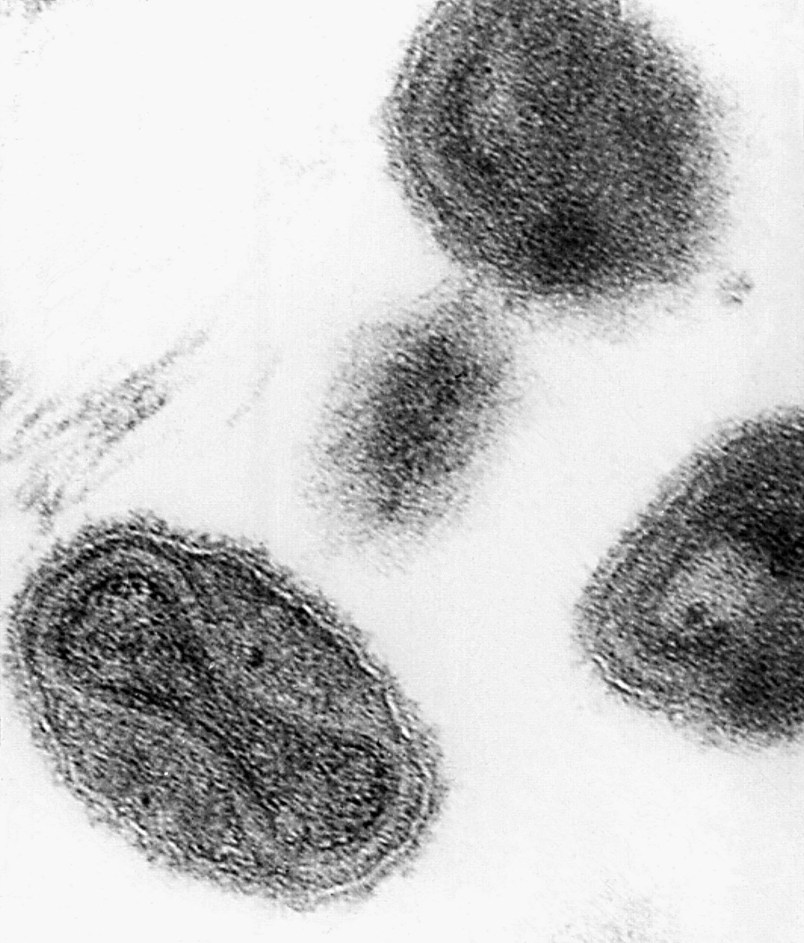WASHINGTON (AP) — More than three decades after the eradication of smallpox, U.S. officials say it’s still not time to destroy the last known stockpiles of the virus behind one of history’s deadliest diseases.
The world’s health ministers meet later this month to debate, again, the fate of vials held under tight security in two labs — one in the U.S. and one in Russia.
The virus is being used for carefully limited research to create drugs and safer vaccines in case this killer ever returns, through terrorism or a lab accident or if all the world’s stocks aren’t really accounted for. Member countries of the World Health Organization long ago agreed that eventually the last virus strains would be destroyed. The question was when.
Some countries say it’s long past time. But the World Health Assembly, the WHO’s decision-making assembly, repeatedly has postponed that step.
Today, there are new generations of smallpox vaccine, and two long-sought antiviral treatments are in the pipeline. Is that enough?
“Despite these advances, we argue that there is more to be done” in improving protections, Dr. Inger Damon, poxvirus chief at the federal Centers for Disease Control and Prevention, wrote Thursday in the journal PLoS Pathogens. She co-authored the article with two experts from Florida and Brazil.
Moreover, a recent World Health Organization meeting raised a new specter: Advances in synthetic biology mean it may be technologically possible to create a version of smallpox from scratch.
“The synthetic biology adds a new wrinkle to it,” Jimmy Kolker, Health and Human Services assistant secretary for global affairs, told The Associated Press. “We now aren’t as sure that our countermeasures are going to be as effective as we’d thought even five years ago.”
For centuries smallpox killed about a third of the people who became infected. But thanks to worldwide vaccination, in 1980 smallpox became the only human disease so far to be declared eradicated from the environment. Then the worry became re-emergence.
It’s not clear how widely the U.S. concerns are shared. Last fall two WHO committees reviewed smallpox research. One found no more need for the live virus; a majority of the other panel said it was needed only for further drug development.
“We believe that the smallpox research program is effectively complete and the case for destruction is stronger than ever,” said Lim Li Ching of the Third World Network, a group that lobbies on behalf of developing countries and wants the virus destroyed within two years.
Although countermeasures aren’t perfect, keeping live virus on hand is scientifically unnecessary now that its genetic makeup is known, said Dr. D.A. Henderson, who led the WHO’s global eradication campaign.
“Let’s destroy the virus and be done with it,” said Henderson, now with the nonprofit UPMC Center for Health Security. “We would be better off spending our money in better ways,” such as improving protection against anthrax and other agents on the bioterrorism worry list.
But CDC’s Damon wrote that the smallpox research has aided in recognition and treatment of related diseases, such as monkeypox.
And Kolker, the chief U.S. delegate to the upcoming meeting, said a number of countries want WHO to appoint outside experts to evaluate how serious the synthetic biology threat really is by year’s end.
“This isn’t something that should drag on forever, and the U.S. doesn’t want it to drag on forever,” he said. “We can’t just ignore it.”
Synthetic biology is “not something you can do in your garage,” cautioned Dr. Sylvie Briand, WHO’s director of pandemic diseases.
But destroying the virus isn’t the real issue, she said: “The real debate is what is the public health risk nowadays, and what are the response measures we have in hand to mitigate those risks.”
Copyright 2014 The Associated Press. All rights reserved. This material may not be published, broadcast, rewritten or redistributed.











The stockpile should be destroyed. If there is an outbreak – whether through biological warfare, terrorism, accident, or mutation from a previously unknown reservoir of smallpox virii, they’ll have new samples, right there in the infected victims.
With the antivaxxers depending on Gawd to keep their children healthy, it’s only a matter of time before this disease makes another appearance. We should be ready.